By Mark Carlson
One of the most remarkable events in modern naval aviation was kept a secret for almost half a century.
On the morning of November 18, 1952, U.S. Navy pilot Lieutenant E. Royce Williams was on combat air patrol with three other F9F-5 Panthers around the aircraft carrier USS Oriskany in the Sea of Japan off the coast of North Korea. Their 90-minute patrol was soon interrupted by orders to intercept incoming bogies. Williams was the first to identify the enemy planes as dreaded Soviet MiG-15s. Mechanical problems forced the three other Navy planes to turn away. In a matter of minutes Williams’ routine patrol had become a dogfight for his life as he found himself surrounded by seven MiG-15 fighters.
The story of Williams’ fight–and success–that day was classified, though he did receive a Silver Star. That award was upgraded to the Navy Cross, the service’s highest military decoration, which Williams, 97, received from Secretary of the Navy Carlos Del Toro in a January 2023 ceremony.
That day over the Sea of Japan was about as far away from home as a South Dakota farm boy could get. Williams had joined the Navy soon after Pearl Harbor. At 17, he signed up for the Naval Aviation Cadet Program (NAVCAD). After receiving his wings at the end of the war, he accepted a regular Navy commission and attended the University of Minnesota where he received a Bachelor’s Degree, then went to the Naval Postgraduate School in Monterey.
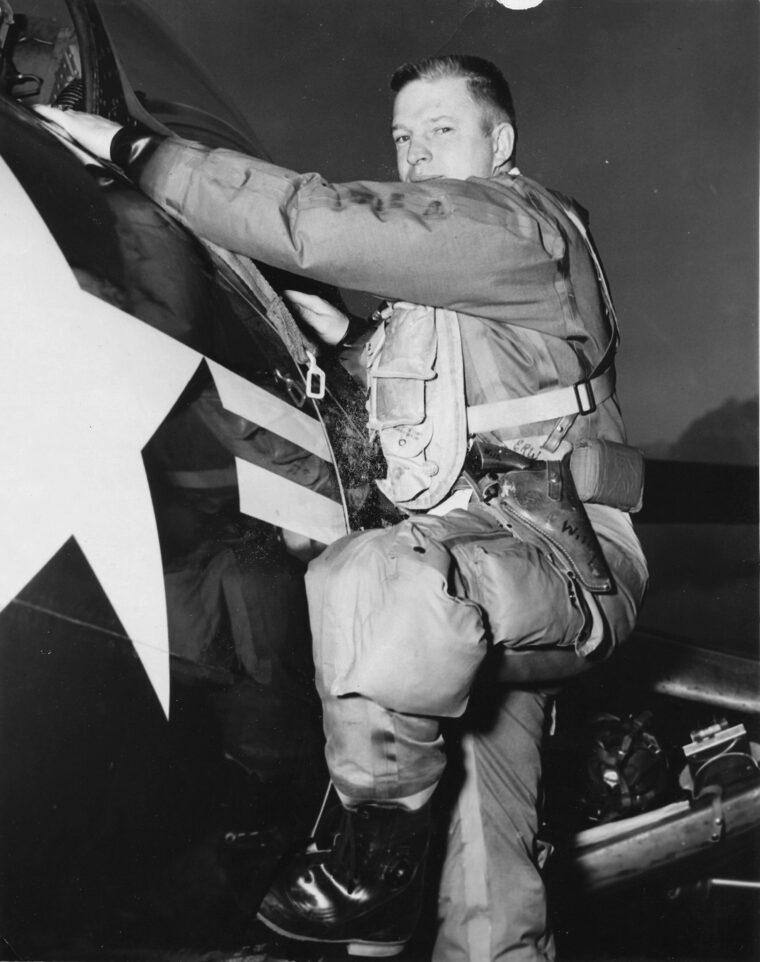
Williams had been on track to fly a propeller-driven Vought F4U Corsair, but he wanted to get into jets and was able to transfer to the VF-781“the Pacemakers,” which flew the Grumman F9F-5 Panther, a highly capable ground attack and close air support jet fighter. He was assigned to the carrier USS Oriskany (CV-34), part of Carrier Task Force 77 on station off the North Korean coast, in late 1952. Under Commander Gordon P. Chase, a World War II Navy Cross holder, Williams and the other pilots in Air Group 102 provided support for American and United Nations ground forces fighting the North Koreans.
Their adversary would be the Mikoyan-Gurevich 15 (MiG-15) known to NATO as the “Fagot.” The MiG-15 was the most advanced Soviet fighter of the post-war years. Like the Mitsubishi A6M Zero early in the Pacific War, the MiG-15 earned an infamous reputation soon after it appeared in late 1949. Fast, nimble and with an unmatched rate of climb, it was the most feared foe in the Korean sky. The stories of what the MiG-15 could do made it seem virtually unbeatable. Even the best American pilots were in awe. But as with all legends, the truth was more prosaic—the MiG-15 was not invincible.
On November 18 CTF 77 was off Chongjin for a series of air strikes on North Korean industrial targets. The Oriskany was one of about 20 ships under Rear Admiral Joseph “Jocko” Clark on board his flagship, the battleship USS Missouri. The task force was within striking distance of the border with the Soviet Union, which increased the alert level to a high degree. But so far in the war, the Red Air Force and Soviet Navy had refrained from interdicting U.S. forces at sea or in the air. That was soon to change.
On the morning of November 18, Williams With a full load of fuel, the CAP could orbit the ship for about 90 minutes before being relieved by another four-plane patrol. Although there had never been an attack by Communist forces on American carriers, there was always the chance the rules of the war would change. In November the Korean weather was often miserably cold, but that day there was a blizzard under a solid layer of cloud at about 10,000 feet. Below, the slate-gray Sea of Japan was barely above freezing. No one wanted to bail out or ditch in that water. Even with the heavy immersion suits and Mae West life preservers, a man’s life expectancy was measured in minutes. A helicopter was always on alert to rescue downed airmen.
Williams led the second element off the catapults, followed by his wingman, Lieutenant (junior grade) Dave Rolands. Climbing to 12,000 feet, the four planes began a slow circuit around their carrier.
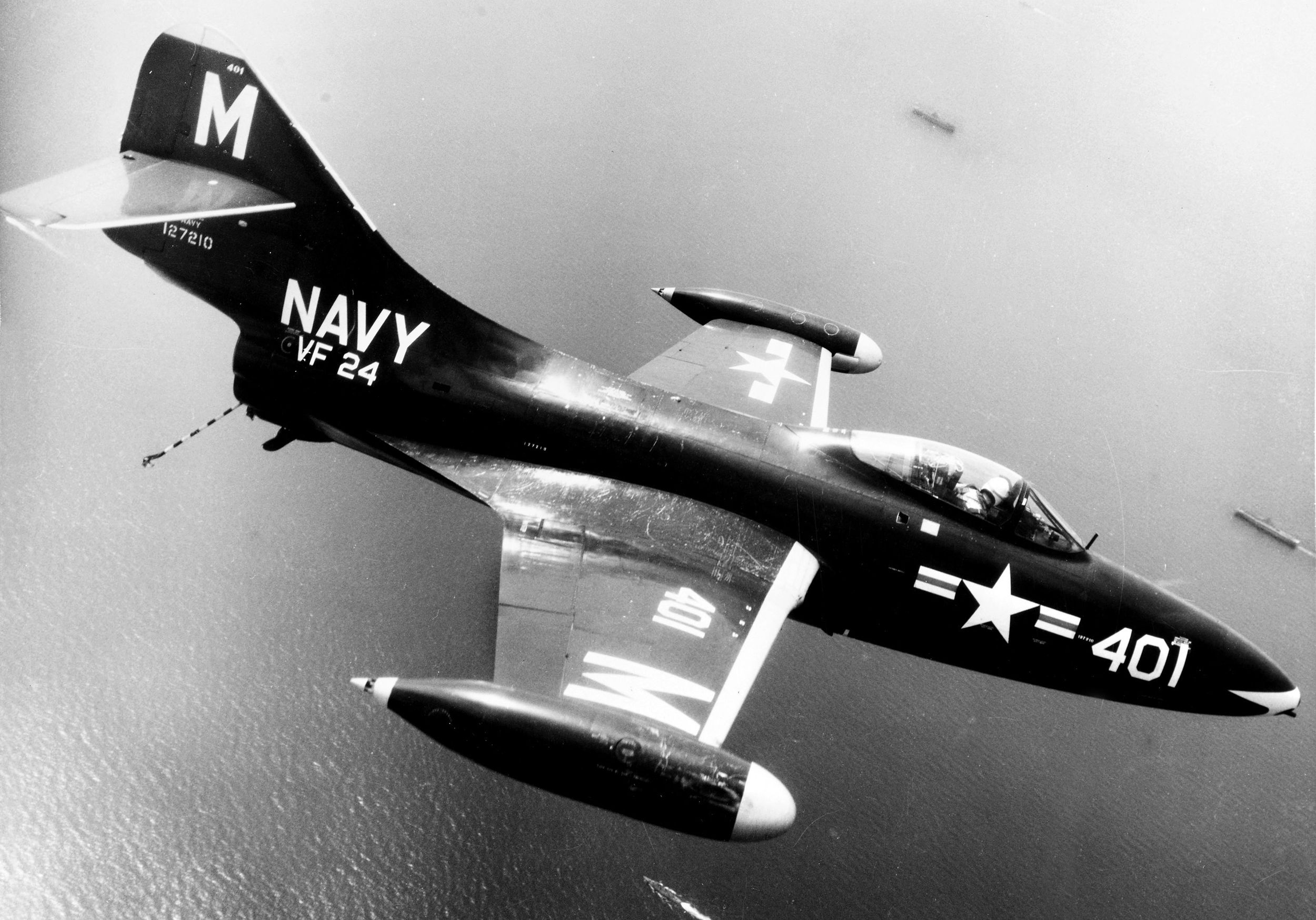
Then Oriskany’s radar picked up a contact 80 miles to the north, headed directly at CTF 77. The radio barked out the orders, “Climb and intercept incoming bogies.” All four Panthers banked to the north and climbed at full throttle. They left the storm behind and the weather was clear. As the four blue F9Fs closed on the contact, Williams was the first to spot and identify the MiG-15s at about 50,000 feet.
The Soviets had the advantage of altitude and numbers. The odds got worse for the Americans when flight leader Lieutenant Elwood had mechanical trouble and was ordered back to the ship, escorted by his own wingman. That left two Panther F9Fs against the superior MiG-15s.
The North American F-86 Sabre–direct descendant of the famed P-51 Mustang–was the best American fighter of the Korean War. A true dogfighter, the Sabre was the only U.S. jet that could duel the MiG-15 on nearly equal terms. Williams was not flying the Sabre, but the subsonic Grumman F9F Panther, an aircraft not considered a match for one MiG—much less seven.
Outclassed by the MiG in speed, altitude and rate of climb–nearly double–Williams’ Panther did have some advantages. The wingtip tanks made the fighter very nimble in a roll, an advantage in a dogfight. It also had four 20mm cannon in the nose with a higher rate of fire than the MiG’s larger 23mm and 37mm cannon. In addition, later test flights of captured MiGs proved it had a directional instability in a steep dive, which would throw off its aim. Even though the MiG could reach transonic speeds, dogfights were most often fought at speeds of less than 500 knots.
Still climbing, Williams and Rolands closed on the bogies. At 45 miles from CTF 77, the seven MiGs passed over the two Panthers, each one leaving a clear white contrail across the cerulean sky. Then they banked hard left and flew the reciprocal of their southbound course, as if about to return to their home base. Williams and Rolands stayed with the MiGs. “Then they dived and broke into two flights, three going left and four going right,” Williams said. “They were about 30 miles away at my ten o’clock.”
The contrails vanished, making the Fagots very hard to see. Williams radioed that he had lost visual contact with the MiGs, and heard back from Oriskany’s combat information center (CIC) that they’d gone off the ship’s radar. The CIC believed that the MiGs were returning to their base and ordered the two F9Fs to turn back and reestablish the CAP barrier.
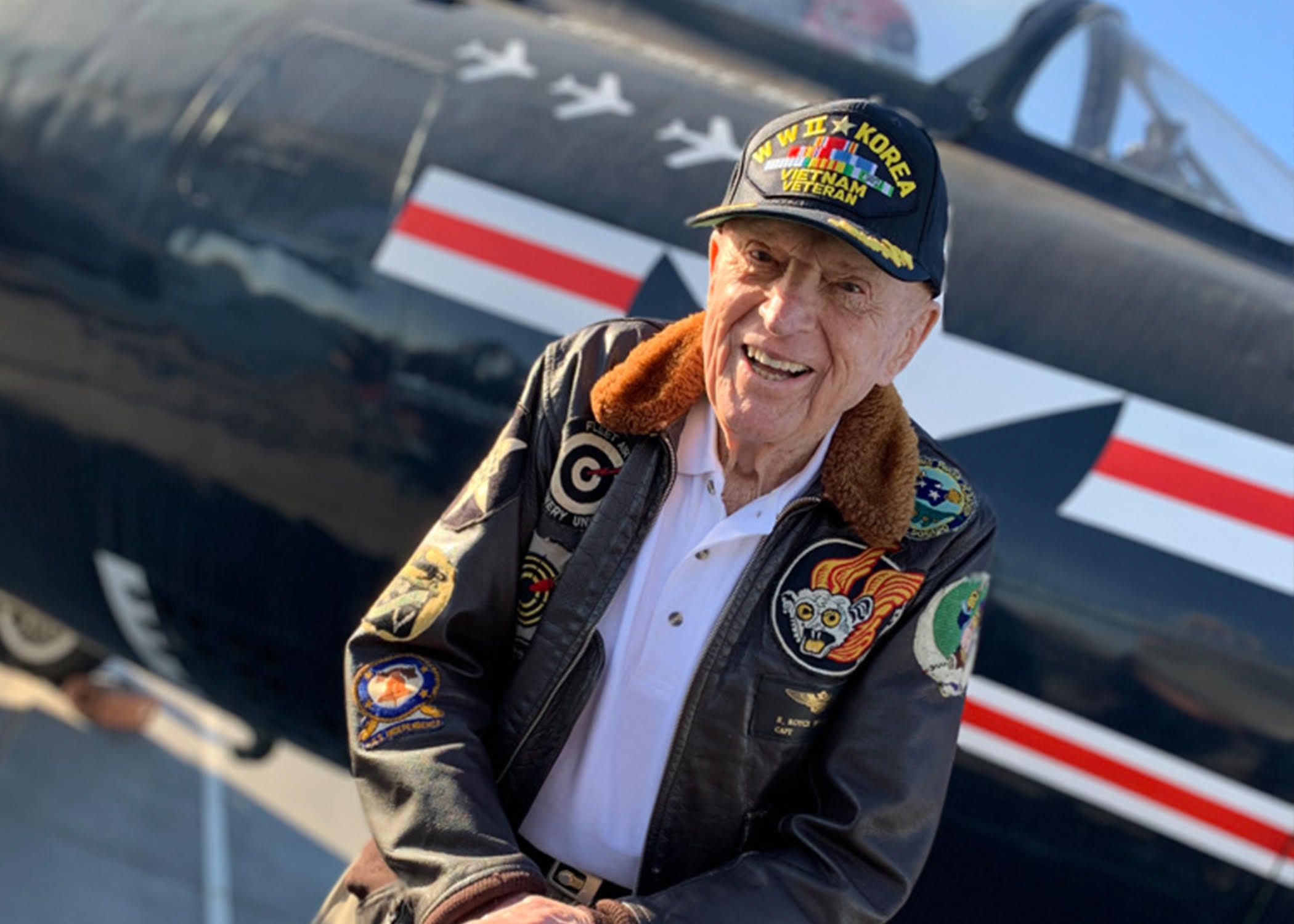
“While I was doing that,” Williams said, “the four that had turned to the right came at us in a finger-four formation and started firing. All of them were shooting.” With a head-on closure of over 1,000 knots, the chances of a hit were minimal, but a single hit from a MiG’s heavy cannon could be catastrophic.
“I kicked a lot of rudder and pulled hard to get on the tail of their number four plane as they shot by,” Williams recalled. “ I put the pipper, the aiming point, which was controlled by the gyro system, and maneuvered my plane to make sure the shells intercepted the target. I used fire discipline, since I had only about 720 rounds.”
Williams flew at full power to stay with faster planes, saving his ammo until he had a sure shot. The Panther quivered from the rapid thumps of the four 20mm cannon that he heard even through his helmet. The MiG on the far right of the formation shuddered from the impact of dozens of explosive shells. Williams said, “At that altitude you don’t get much of an explosion, just some flames, but mostly smoke.” His quarry dropped out of the sky, trailing smoke as it fell towards the icy slate waters of the Sea of Japan—his first kill. Williams said he did not see if the pilot bailed out.
“I did not have the liberty of following them down. I had more of them shooting at me. I would aim, hit, do some damage, then maneuver defensively.” By this time Williams was alone. Lieutenant (jg) Rolands dove after the first MiG that had been hit and was nowhere in sight.
Engaging the six Soviet fighters, Williams turned his attention from one target to the next. “Two of the kills were head-on, and the others were from the rear. They went past too fast to permit deflection shots so I concentrated on getting on their tail.”
During the 35-minute dogfight, one of the longest in history, a second, then a third and fourth MiG fell, each trailing flames or smoke. Williams’ sturdy Panther was also damaged as shrapnel from explosive shells had penetrated the thin aluminum skin in many places. More serious was the 37mm round he had taken from behind as he closed in on one of the MiGs. He evaded the trailing MiG, but not before it scored a hit.
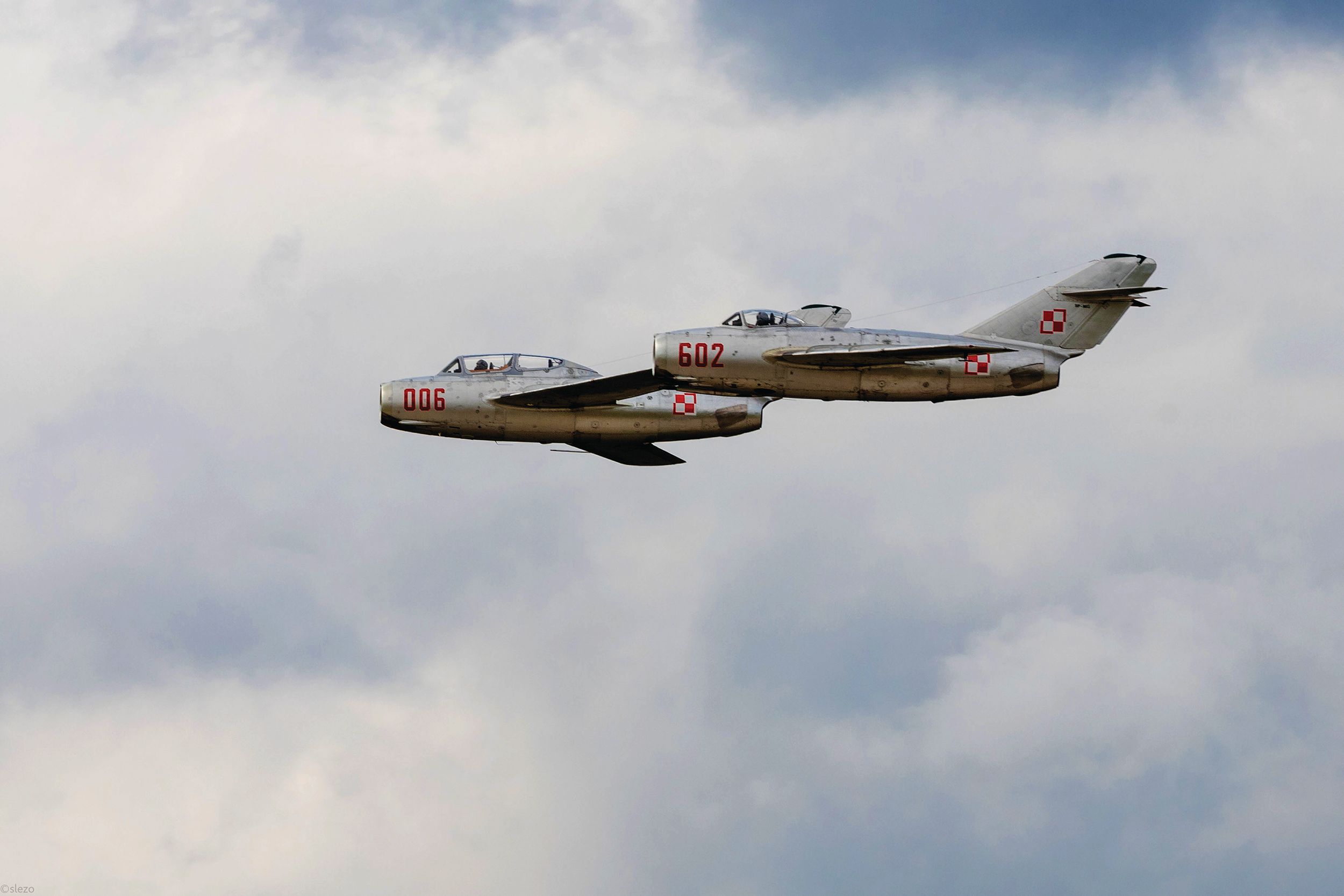
“The 37 hit the accessory section of the engine and did a super amount of damage,” Williams said, noting that all hydraulic power was lost leaving him with no control over ailerons, rudder and flaps. “I only had elevator control, fortunately the landing gear extended from gravity.”
Williams coaxed his crippled fighter towards the sanctuary of Oriskany’s broad flight deck. “I was pretty shot up and out of ammunition, and headed back to the ship. I had a MiG on my tail. Then Rolands came up and followed the MiG until we made it back under the cloud deck. Apparently his guns jammed so he could not fire but the MiG pilot chose not to attack,” Williams said. “During the fight Rolands did not know what had happened to me. He thought he was going to have to tell my wife I was dead.”
Coming in at about 170 knots with no flaps to slow him, Williams caught the third wire and landed safely, but his plane was beyond repair. He was sure of at least four kills, perhaps five. Later Soviet reports said that only one of the seven pilots made it back alive.
A few days later he was called by Vice Admiral Robert Briscoe, Commander, Seventh Fleet. “We met in his office and he had his secretary and intelligence officer with him,” Williams recalled. “The intel officer did not participate. The entire conversation was between Admiral Briscoe and myself.”
Williams was told the MiGs were not flown by North Koreans, or Chinese, but by Soviet Naval Aviation pilots flying out of Vladivostok. He was also told never to speak of the incident to anyone—his squadron mates or even his wife.
The then-new National Security Agency (NSA), using a variety of sensitive eavesdropping technology, had been listening in on Soviet air traffic out of Vladivostok on that November morning. The NSA already knew the Soviet Navy had sent the seven MiG-15s south to observe the carrier task force. But, intent on keeping the Soviet Union from learning how good their covert listening systems were, they had to erase all traces of the dogfight.
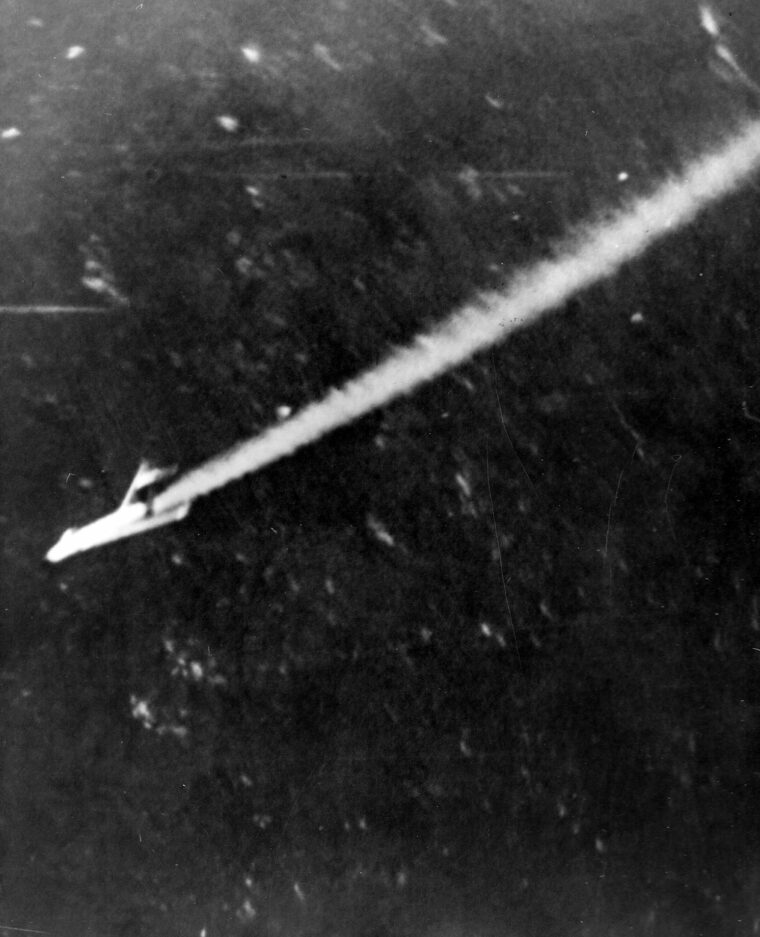
President-elect Dwight Eisenhower, visiting Korea, asked Williams to meet with him. “Eisenhower greeted me warmly and introduced me to Generals Bradley, Clark, and Ridgeway. They explained how important it was that no one ever know about the fight with the Russians.”
With the growing tension of the Cold War, U.S. officials covered up the entire incident—the first, and so far as is known, only time that U.S. and Soviet aircraft had met in combat. They feared U.S. public reaction to the aggressive attack by Soviet fighters on American pilots could ignite a global crisis.
For nearly 50 years only Williams and a few people in the Pentagon, the NSA, the White House and Soviet Union knew what had happened that day. But Williams had destroyed the MiG-15’s air of invincibility. He was awarded the Silver Star for his actions and went on serve in Vietnam.
Now retired and living in San Diego, Captain Williams reflected on his military career which included three wars, two Distinguished Flying Cross medals, a Silver Star and other commendations and medals. “I was proud to serve in the United States Navy and during wartime. I think if I’d not gotten involved in it, I would have been disappointed in myself,” he said.
After almost five decades of silence, Williams was at last informed by a friend and government official that his engagement with the MiGs had finally been declassified.
“I served in the Navy for thirty-three years,” Williams said, “I had a lot of hairy moments in Korea and more in Vietnam. And all anyone ever asks me about is that one-and-a-half hours in 1952.”
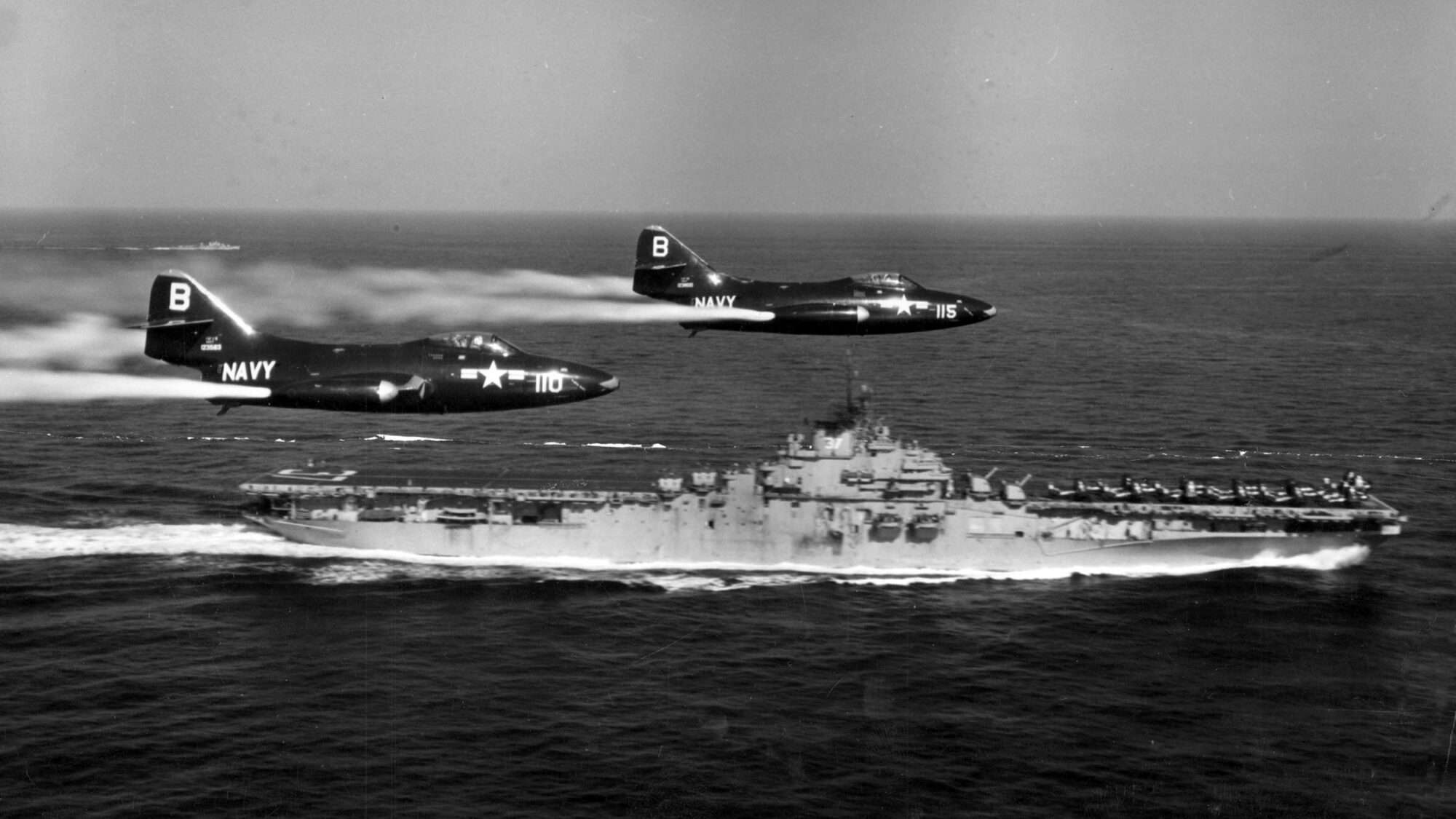
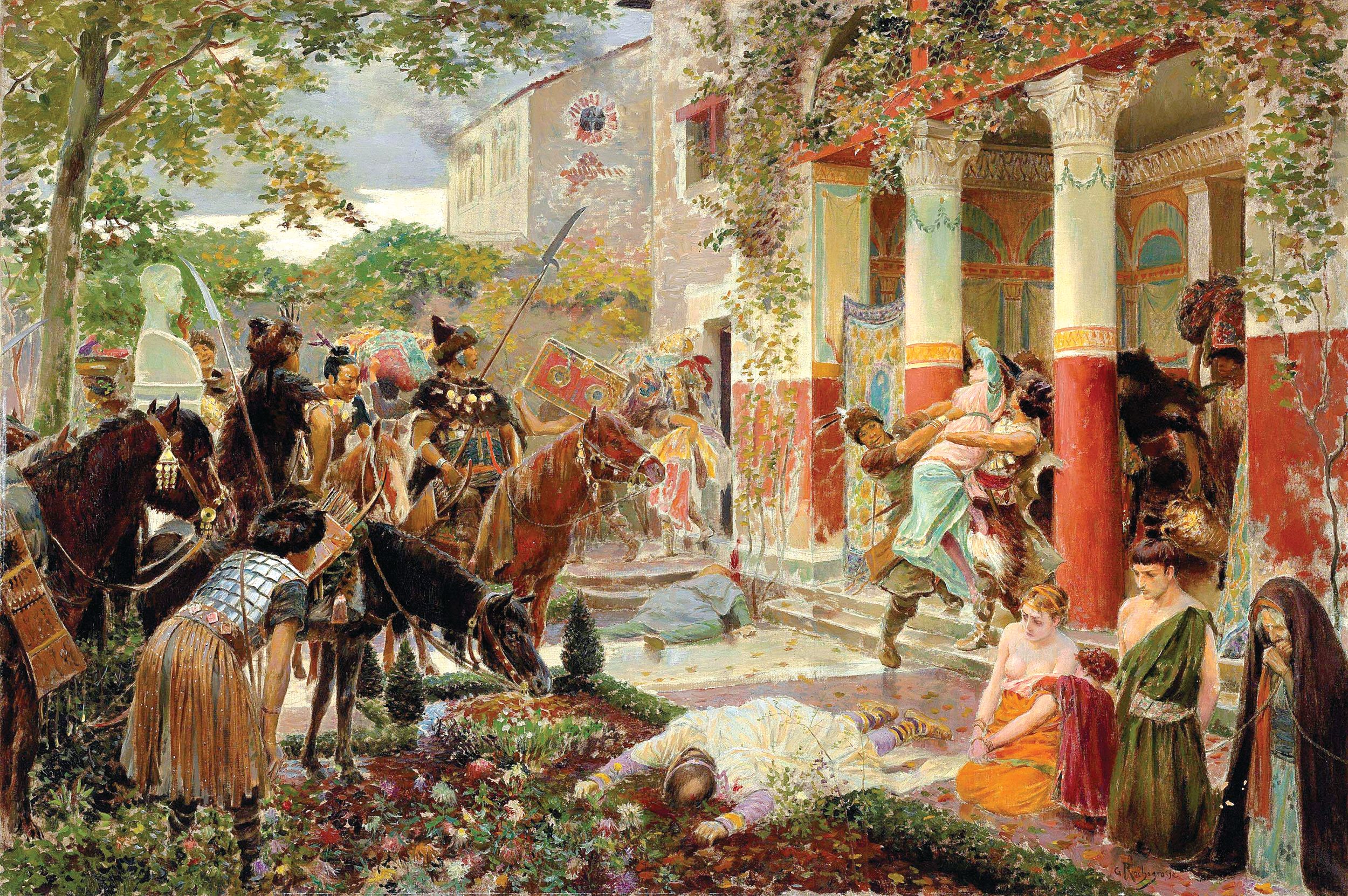
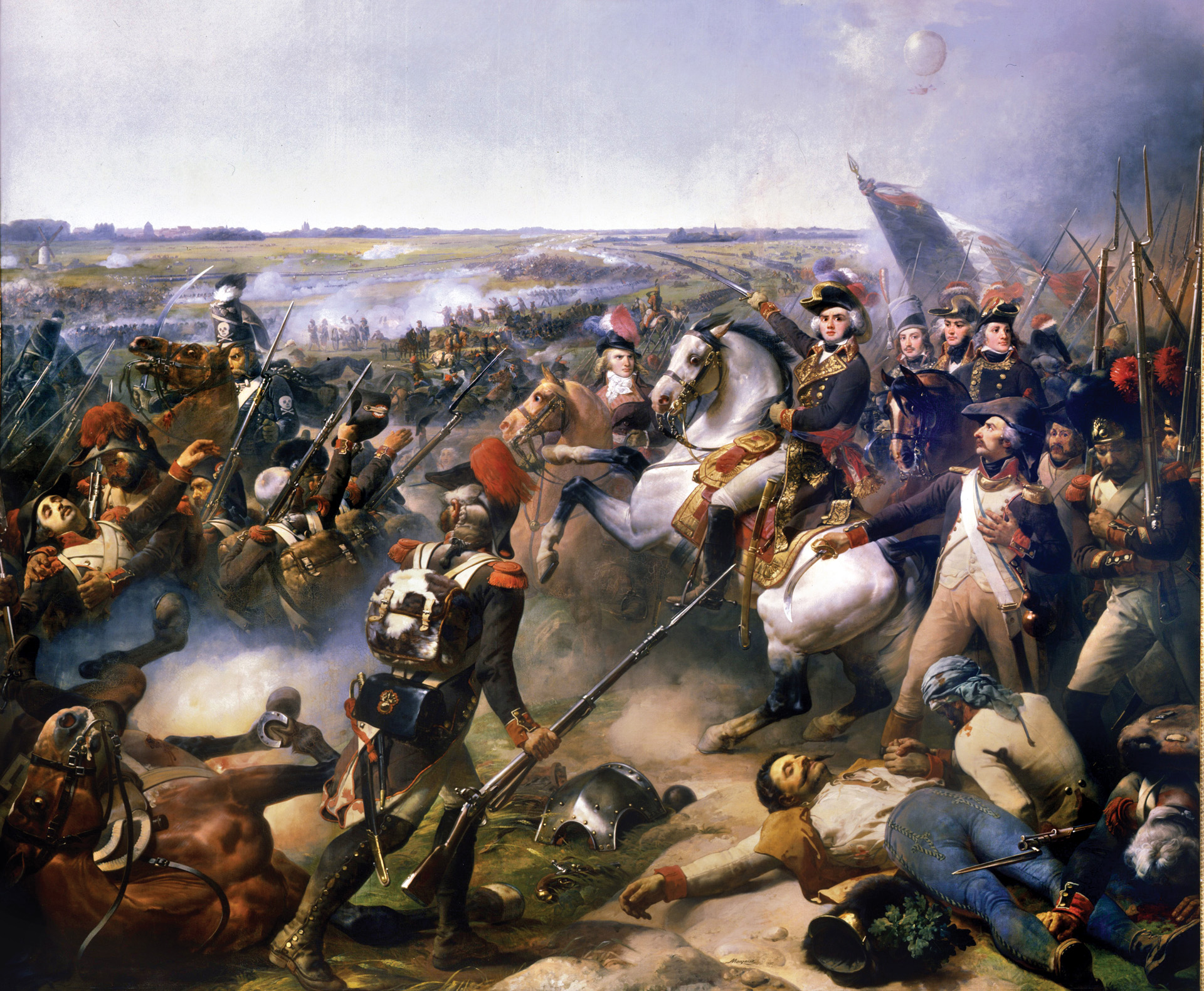
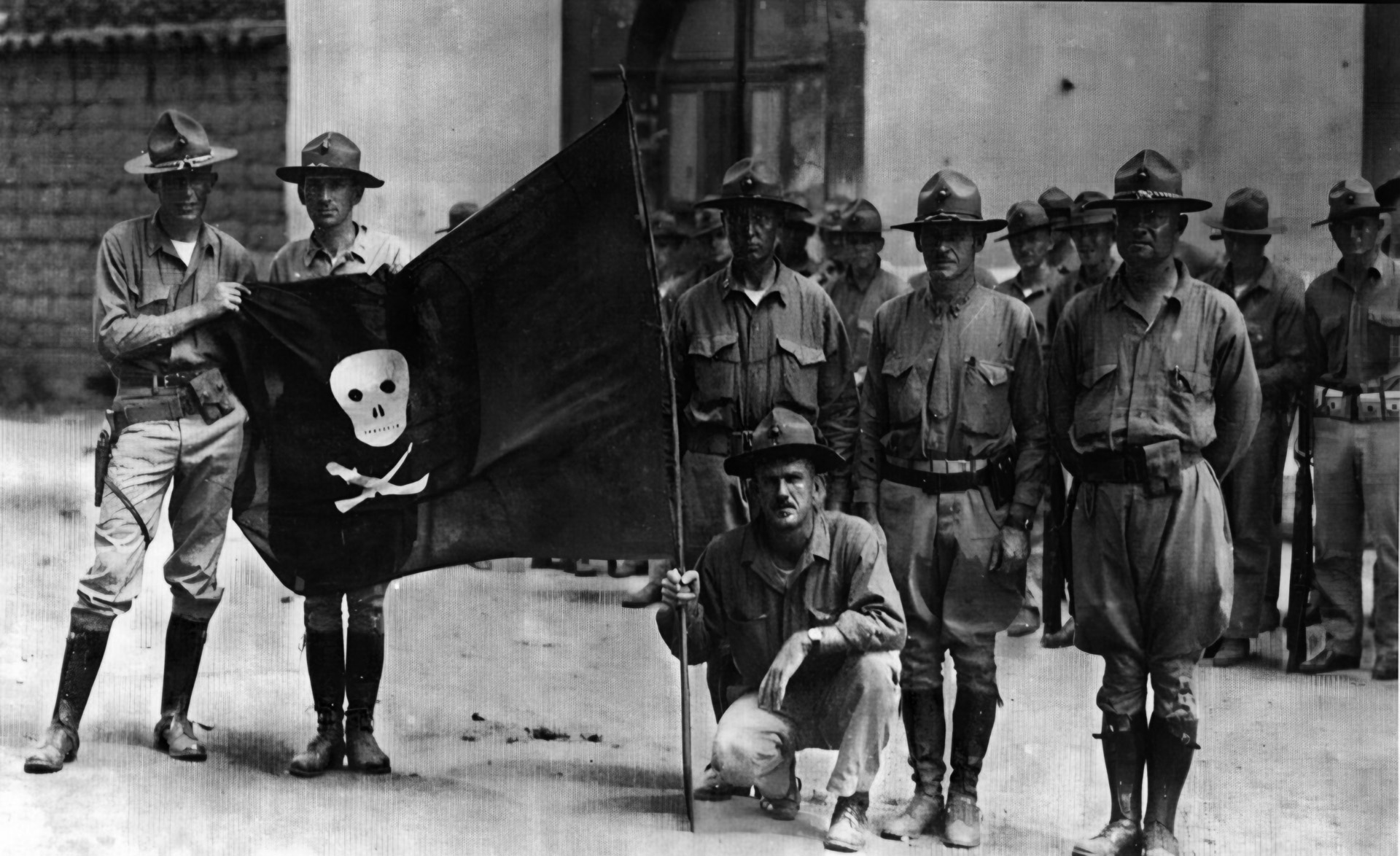
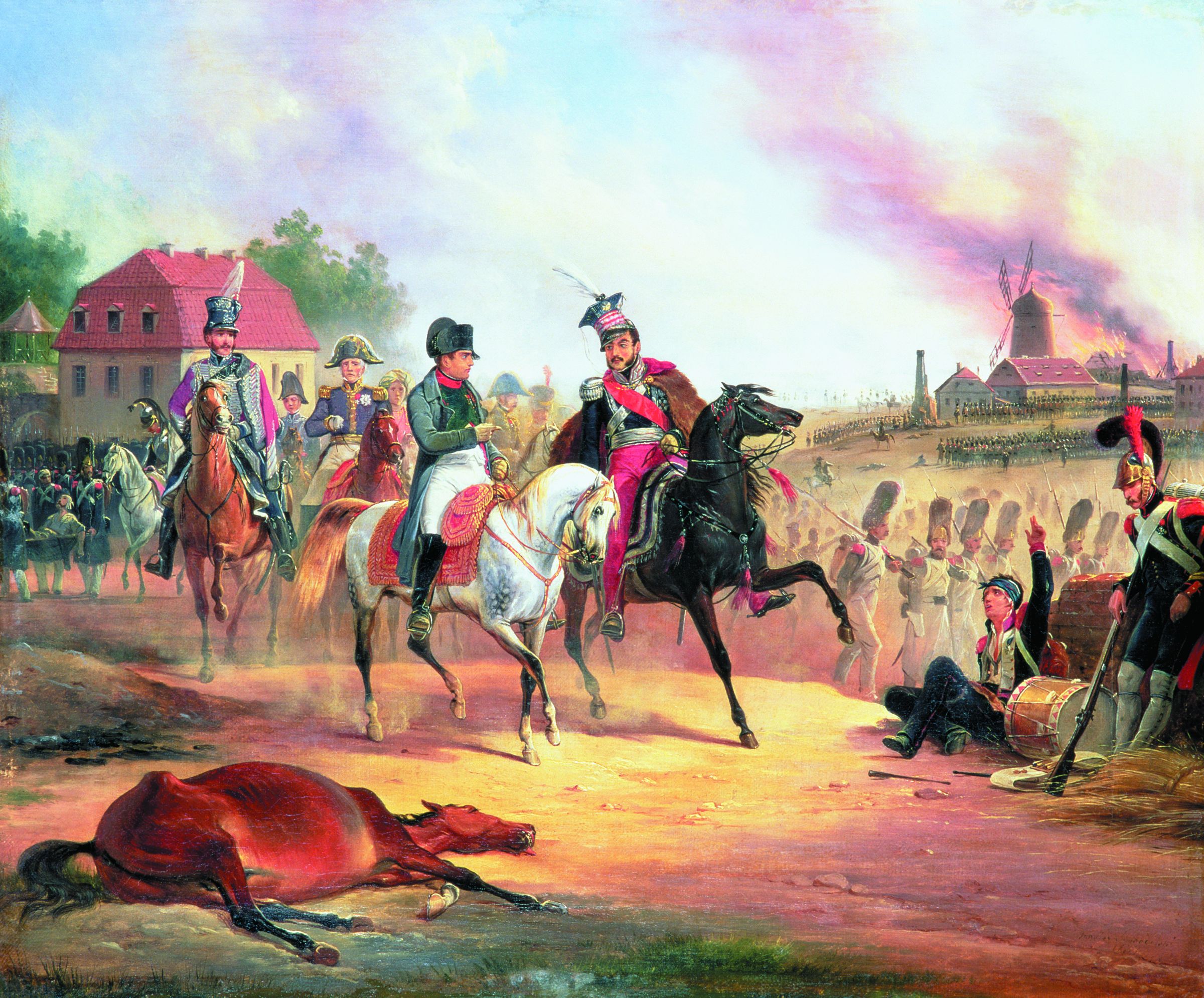

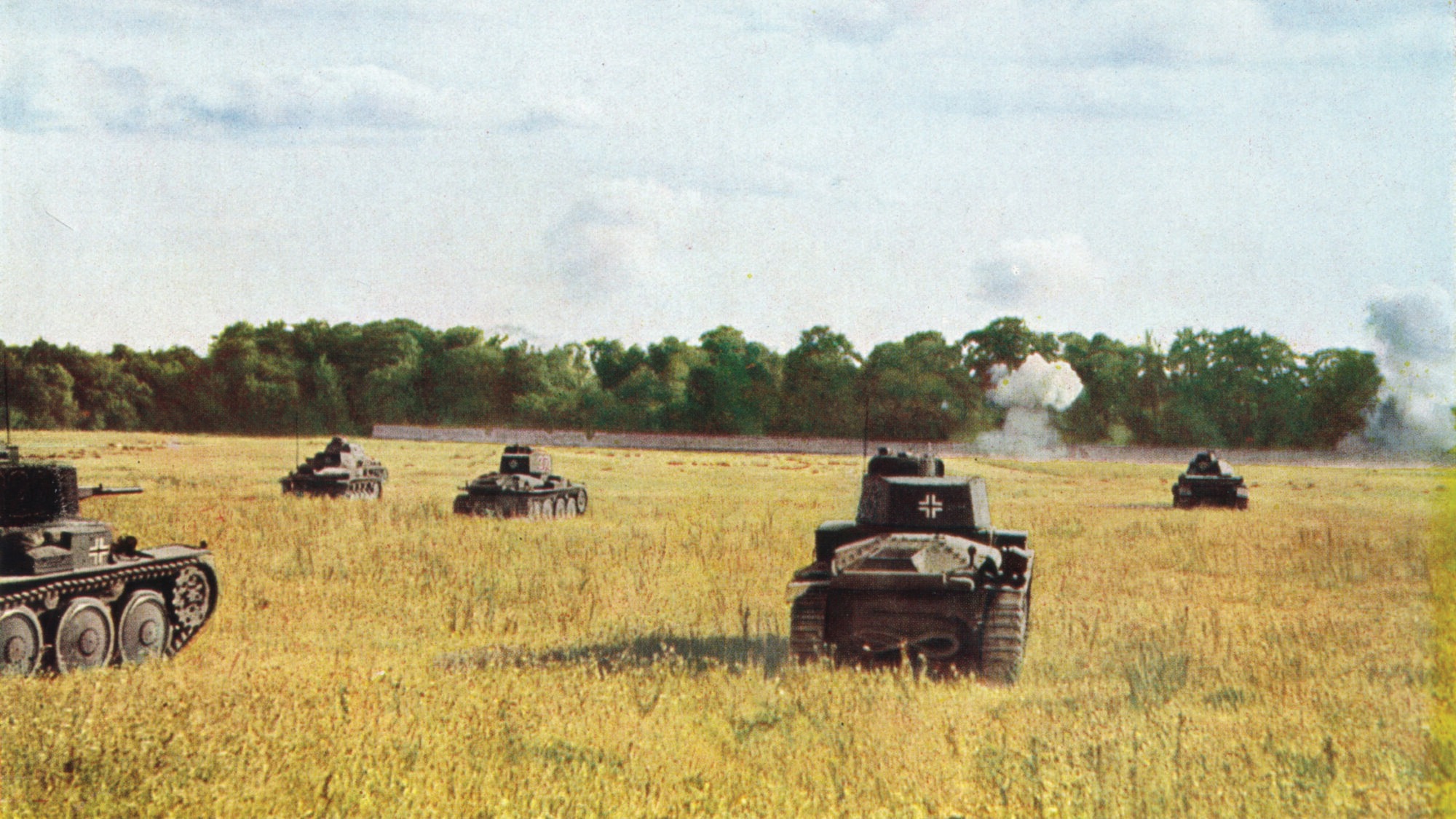
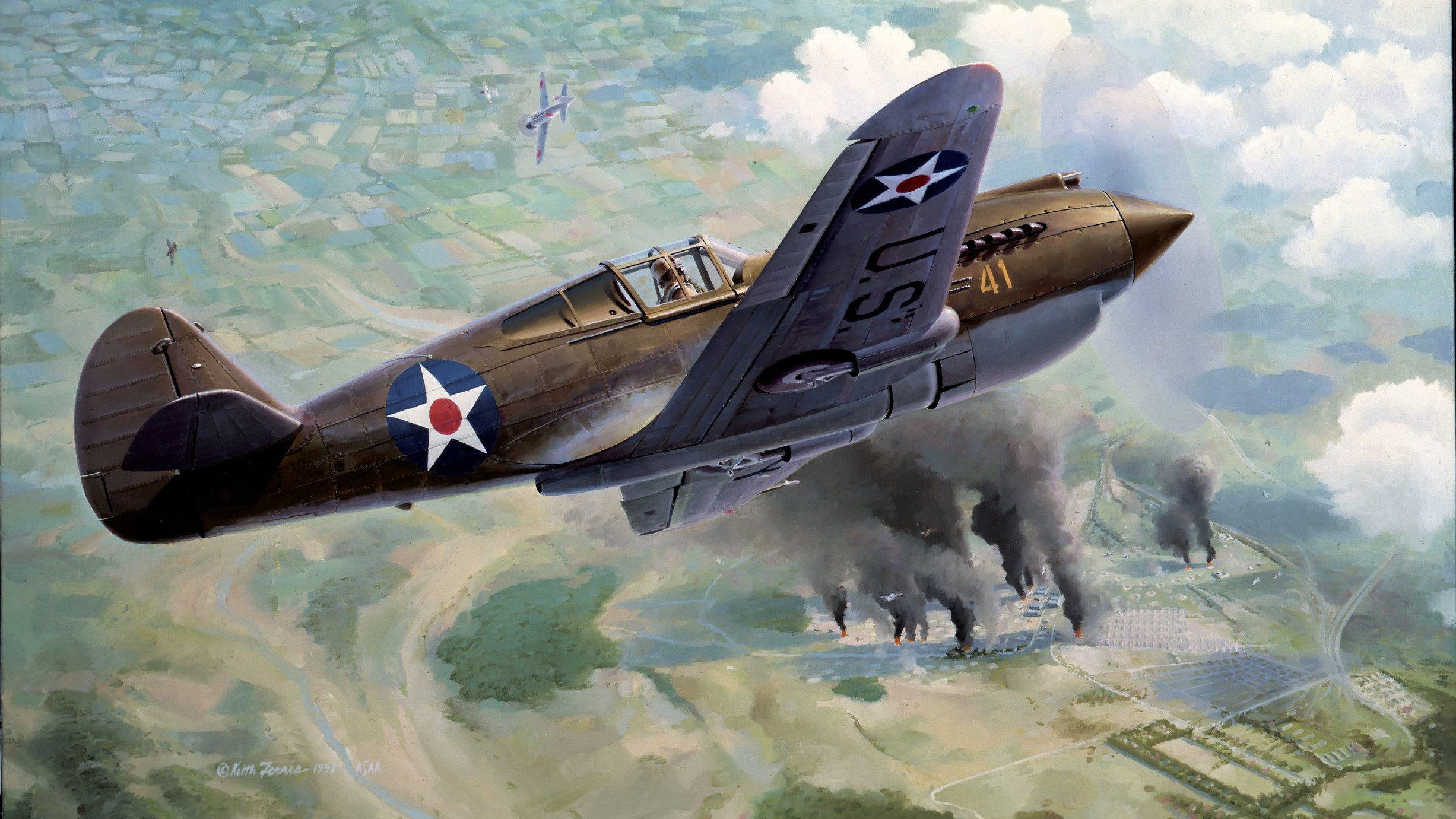
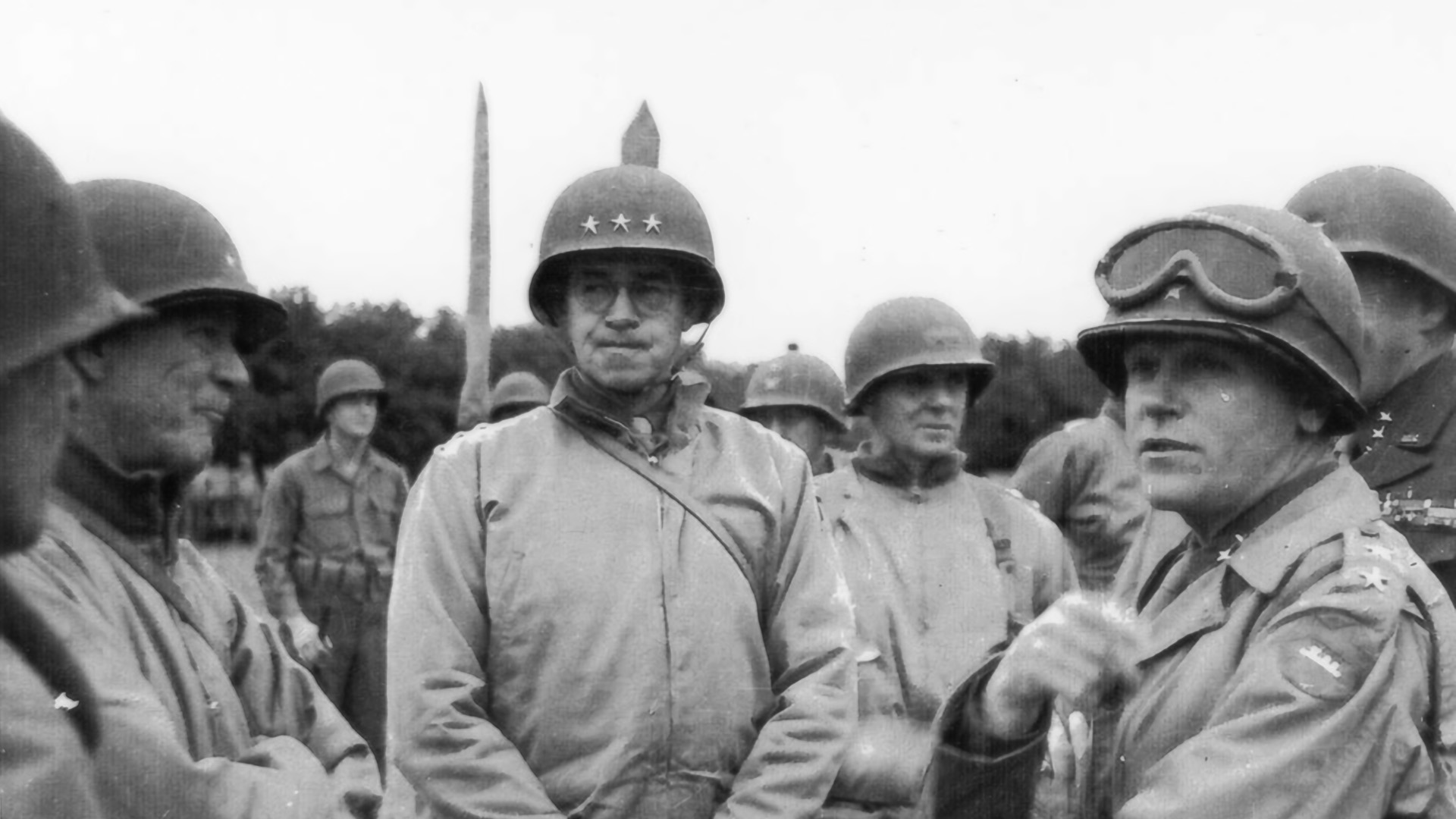
Join The Conversation
Comments
View All Comments